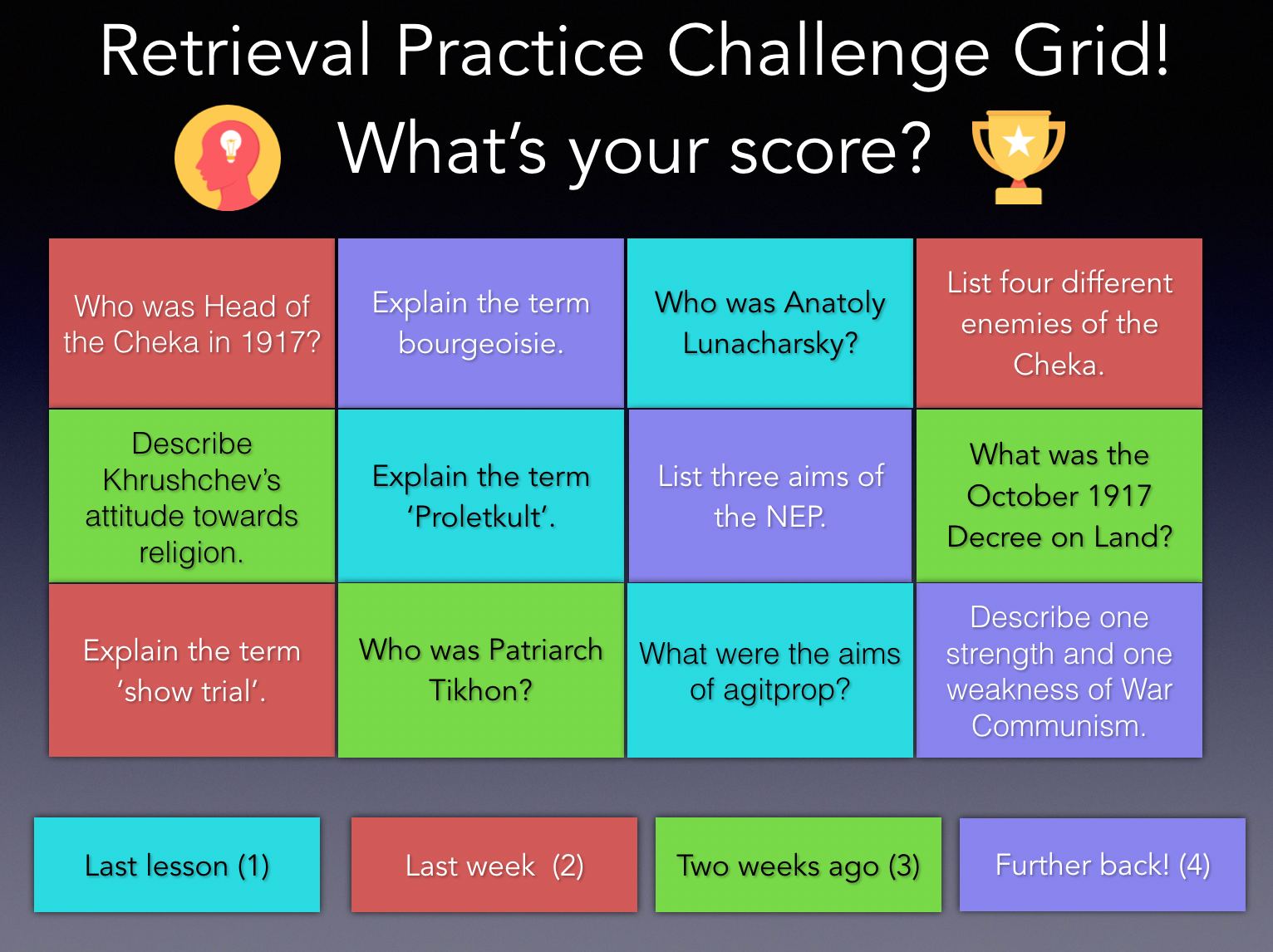Cumulative exams aren't the same as spacing and interleaving. Here's why.
/Are cumulative exams the same thing as spacing or interleaving?
Actually, not quite.
Cumulative exams can be beneficial for learning (see this article by our colleague Nate Kornell). There are also some subtle ways we can take cumulative exams to the next level – by ensuring that we (and our students) are using spacing and interleaving as much as possible.
Do More with Cumulative Exams
When it comes to cumulative exams, there are two features to keep in mind:
The content on the exam
How students study for the exam
Why do these two features matter, and critically, how do they relate to interleaving and spacing?
Spacing: On typical cumulative exams, learning of all content covered throughout the semester or school year is assessed. While cumulative exams may encourage spacing (e.g., students study past topics from earlier in the semester, not just at the end), they may also encourage cramming (e.g., students cram all course material from the entire semester the night before the exam). Yes, students may be re-studying material from months ago – a definite form of spacing – but they may also be simply cramming "in" that spaced information along with lots of other information.*
Interleaving: Although course topics on a cumulative exam are likely to be related (e.g., a large number of key concepts from earth science), they may not necessarily require discrimination (e.g., the atmosphere vs. plate tectonics). In math, for example, a cumulative exam could include problems related to linear equations, polynomials, and irrational numbers. While all of these problems are related to algebra, they are distinct enough that students can still plug and chug for each of the three problem types, without taking advantage of interleaving by mixing up similar problems. In other words, content on a cumulative exam may be related, but does not necessarily take advantage of interleaving.
Our recommendations to make cumulative exams more powerful with small tweaks for you and your students:
Cumulative exams are good, but encourage even more spacing and discourage cramming with cumulative mini-quizzes throughout the semester, not just as an end-of-semester exam.
Be sure that cumulative mini-quizzes, activities, and exams include similar concepts that require careful discrimination from students, not simply related topics.
Make sure you are using spacing and interleaving as learning strategies and instructional strategies throughout the semester, not simply as part of assessments and cumulative exams.
Bottom line: Just because an exam is cumulative does not mean it automatically involves spacing or interleaving. Be mindful of relationships across exam content, as well as whether students are spacing their study throughout the semester or simply cramming before an exam – cumulative or otherwise.
A Spaced Refresher on Interleaving
Here's a rundown of our past updates on interleaving. In other words, spaced retrieval and spaced review on interleaving. (Say that three times fast!)
*Currently, we are unaware of research investigating students' cramming before a cumulative exam in an authentic educational setting under authentic (i.e., long) time delays. If you know of relevant research, please let us know!





















